by Heather Dawn Godfrey, author of Essential Oils for the Whole Body, Healing with Essential Oils, and Essential Oils for Mindfulness and Meditation
Gifts of nature, plants provide healing benefits that range from physical to ethereal. Indeed, healing plants and their essential oils have been used throughout history for their protective, restorative, rehabilitative, and hedonistic qualities, attributes observed and documented in ancient scriptures and medicinal texts and, more recently, affirmed in scientific journals and numerous research papers.
I’ve found that essential oils are particularly effective for supporting mental health, but before I get into a few recommendations about that, let’s explore the journey of essential oils from plant to bottle to body.
How essential oils support health and wellbeing
Perfume and incense bring joy to the heart. Proverbs 27:9
Essential oils are aromatic, volatile terpene and terpenoid compounds, which are typically extracted from plants (herbs and trees, heart wood, bark, blossoms and flowers, fruits, leaves, stalks, seeds, roots, gums, and resins), mainly by steam distillation, or in the case of citrus fruits by expression.
The process of extraction increases the concentration of essential oils, thus, their potency too; just one or two drops of essential oil is sufficient to procure significant effect. Applied as an aromatherapy treatment, their molecules are absorbed either via skin (applied in an emollient, such as vegetable oil, cream, lotion or ointment) or the respiratory system through inhalation of their vaporized droplets (applied, for example, via room diffusers, perfumes, or drops on a tissue). Some essential oils are prescribed and administered by professional herbalists, doctors, or pharmacists as medicine (contained in gel-like digestible capsules).
Essential oils develop within the plant during the secondary phase of metabolism (along with alkaloids, flavonoids, bitters, and gums), a process instigated by photosynthesis. While not vital to the plant’s existence, essential oils play a significant role. For example, they stave off infection, attract pollinators, repel predators, disarm invasive microbes, repair damaged tissue, and control and optimize the ambient environment (temperature and humidity) by creating a haze or mist, an auric vapor, which surrounds the plant (terpenes evaporate at high temperature and consequently produce air flows that cool the plant and reduce transpiration). They relay messages from one part of the plant to another (thus they are considered to be “hormone-like”) and to other plants in the immediate vicinity.
In a similar way, essential oil molecules modulate various processes within our bodies. For example, they are multidynamic adaptogens (that is, they support the immune system and the body’s resilience to stress and infection). They stimulate the limbic system (the emotional brain) to modulate mood and emotion and stimulate hormone balance via the limbic system’s connection to the pituitary gland. Their properties range across a spectrum, from immune system support (antimicrobial, antiviral), tissue healing and regeneration, and pain relief to restorative, digestive, revitalizing, uplifting, calming, and grounding qualities.
When inhaled, essential oil molecules cross the blood brain barrier (especially sesquiterpenes, which are found, for example, in frankincense, carrot seed, cedarwood, German chamomile, ginger, helichrysm, myrrh, black pepper, patchouli, spikenard, and ylang ylang) and interact with various receptor sites, such as GABA and glutamate receptors, located in the hippocampus, thalamus, basal ganglia, hypothalamus, and brainstem (GABA is an amino acid that functions to reduce neuronal excitability by inhibiting nerve transmission).
Scent molecules (terpenes and terpenoids) are detected (like a key in a lock) by olfactory receptors located at the top of each nasal cavity that, in turn, relay nerve impulses to the limbic system located in the brain. As previously observed, odor receptors are also located in other areas of the body, such as the skin and other organs (heart, liver, lungs, kidneys, and gastrointestinal tract). However, by grand design, it seems, proximity of the master olfactory portal ensures immediate awareness and instinctive reflexive responses.
The mechanisms by which essential oil molecules are absorbed and interact within the body are complex and, although modern technology affords much insight, are still not fully realized. However, our body is clearly “wired” to receive phyto-molecules; verified by the presence of numerous receptor sites scattered throughout the body and the multilateral physical and psychosomatic responses instigated by scent detection.
The healing actions of essential oils
Rose (Rosa centifolia/damascena) provides a lovely example of how diverse the action of essential oils can be. The qualities of rose range from hedonistic, aphrodisiac, antidepressant, and hypnotic to anti-inflammatory, analgesic, anticonvulsive, antioxidant, antitussive, antibacterial, and bronchodilatory.
Some of the molecules found in rose oil are barely detectable yet these synergistically contribute significantly to its scent and therapeutic properties. (Synergy is not unique to rose oil as most essential oils demonstrate interaction between some or all of their constituents.) To illustrate, citronellol and geraniol are predominant components found in rose essential oil, both of which exude floral, sweet, rose-like scents, but the perfume of the complete essential oil is acknowledged as rich, intense, sweet, powerful beeswax-like, highly floral, rosy, with waxy, floral, spicy, green, metallic, body notes, then tenacious warm floral spicy dry out notes. The floral, sweet, rose-like scent is also found amongst other constituent ‘notes’ in other essential oils that contain citronellol (for example, geranium and citronella) and geraniol (for example, bergamot, palmarosa, thyme, and geranium). Each molecule comprising an essential oil contributes a unique ‘tone’ that combines with other molecules in various arrangements to create specific tunes or melodies.
Lavender (Lavandula angustifolia) provides another illustration. Linalool and linalyl acetate are the two most predominant compounds found in this essential oil, and they make up to 90% of lavender’s chemical constituents. Linalool is sedative, analgesic, and anti-inflammatory, and also features in large quantity in other essential oils, such as ho wood, rosewood, thyme (CT. linalool), marjoram (CT. linalool), and basil (CT. linalool)). Linalyl acetate is anti-inflammatory, sedative, relaxant, and antihypertensive, and it is present in high amount in Clary sage, petitgrain, mint, and bergamot FCF essential oils. The scent profile of linalool is described as citrus, floral, sweet, woody, and green, and linalyl acteate as sweet, green, floral and spicy, with a clean woody, terpy, citrus nuance. Lavender angustifolia’s overall therapeutic profile is, including those qualities mentioned above, antidepressant, antimicrobial, antiseptic, antispasmodic, antitoxic, antiviral, bactericidal, cleansing, deodorant, hypotensive, skin healing, and toning. Spike Lavender (Lavandula latifolia), on the other hand, contains linalool and, in place of linalyl acetate, 1,8-Cineole (Eucalyptol) and a lesser amount of Camphor. 1,8-Cineole is expectorant, anti-inflammatory, antispasmodic, and improves cerebral blood flow; its scent is “eucalyptus-like.” Camphor instigates vasodilation (dilates blood vessels and decreases blood pressure); its scent is fresh and warm. The overall scent profile of Spike Lavender is described as eucalyptus, herbal, camphor, and medicinal.
Both examples demonstrate how intricate essential oils are; each essential oil comprises a unique array of chemical constituents, the presence and quantity of which determine that oil’s unique scent dynamic and therapeutic qualities.
Essential oils are generally physically protective and restorative and psycho-emotionally vitalizing, warming, grounding, and calming; their actions complement and gently support at one and the same time physical, mental, and spiritual states.
Indeed, the perception of scent instantly instigates a reflexive response, which may inspire mood and emotion, trigger memories, and conjure images—a blossoming garden in summer, woody earthy forests in spring, sweet citrus orchards in autumn—or simply but significantly instill feelings of peace and calm, of feeling bright and awake, and more.
The sensual experience of scent detection also draws attention to the moment, thus essential oils are wonderful companions for meditation, prayer, and for moments when we simply want to center our attention in the here and now. Thus, they are ideal companions to call upon when dealing with stress and stress-related issues, including mild depression, anxiety, feelings of loss and grief, or to journey with through change and transition, or simply to compound and celebrate wellness, wellbeing, a sense of contentment, and joyful events.
The sense of smell is very personal; what one person finds pleasant another person may dislike or feel indifferent toward. Using our own noses, we are usually able to detect which scent is good for us at a given moment; even so, it is advisable to check out the properties of an essential oil before applying it to ensure the oil is compatible. The essential oils listed below are among those most frequently cited as being antidepressant and antianxiety, uplifting and calming. These oils may also alleviate stress-related conditions, such as insomnia, headaches, and skin disorders (eczema, psoriasis, and so on), and more.
Essential oils to harmonize mood and emotion
|
Bergamot Cedarwood Chamomiles Clary sage Frankincense Geranium Grapefruit |
Lavender Lemon balm (Melissa) Marjoram Orange Patchouli Peppermint |
Petitgrain Rose Rosemary Spikenard Vetivert Ylang Ylang |
Applying essential oils
Remember, do not apply essential oils neat to your skin, but add one or two drops to an emollient, and do not take essential oils internally unless administered, prescribed, and monitored by a professional healthcare practitioner. Vaporizing a few drops of essential oils in a room diffuser, or inhaling one or two drops on a tissue or from a nasal inhaler, or applied as a personal perfume infused in vegetable oil or cream are all fun, safe and very effective ways to dispense essential oils in order to experience their scents and benefit from their physical and psycho-emotional gifts. Self-massage is also a lovely way to apply essential oils (essential oil molecules penetrate the epidermis and find their way into the circulatory system). For example, add three to six drops of essential oil to a vegetable oil or non-perfumed lotion, and then apply, using a rhythmic motion (stroking or circular movements), to face, arms, hands, legs, and feet – ideally after a bath or before bed.
Go to your fields and your gardens, and you shall learn that it is the pleasure of the bee to gather honey of the flower, but it is also the pleasure of the flower to yield its honey to the bee. For to the bee a flower is a fountain of life, and to the flower a bee is a messenger of love, and to both, bee and flower, the giving and the receiving of pleasure is a need and an ecstasy. Kahlil Gibran
You will find much more information about the numerous qualities of these and many more essential oils in my books Essential Oils for Mindfulness and Meditation, Essential Oils for the Whole Body, and Healing with Essential Oils.
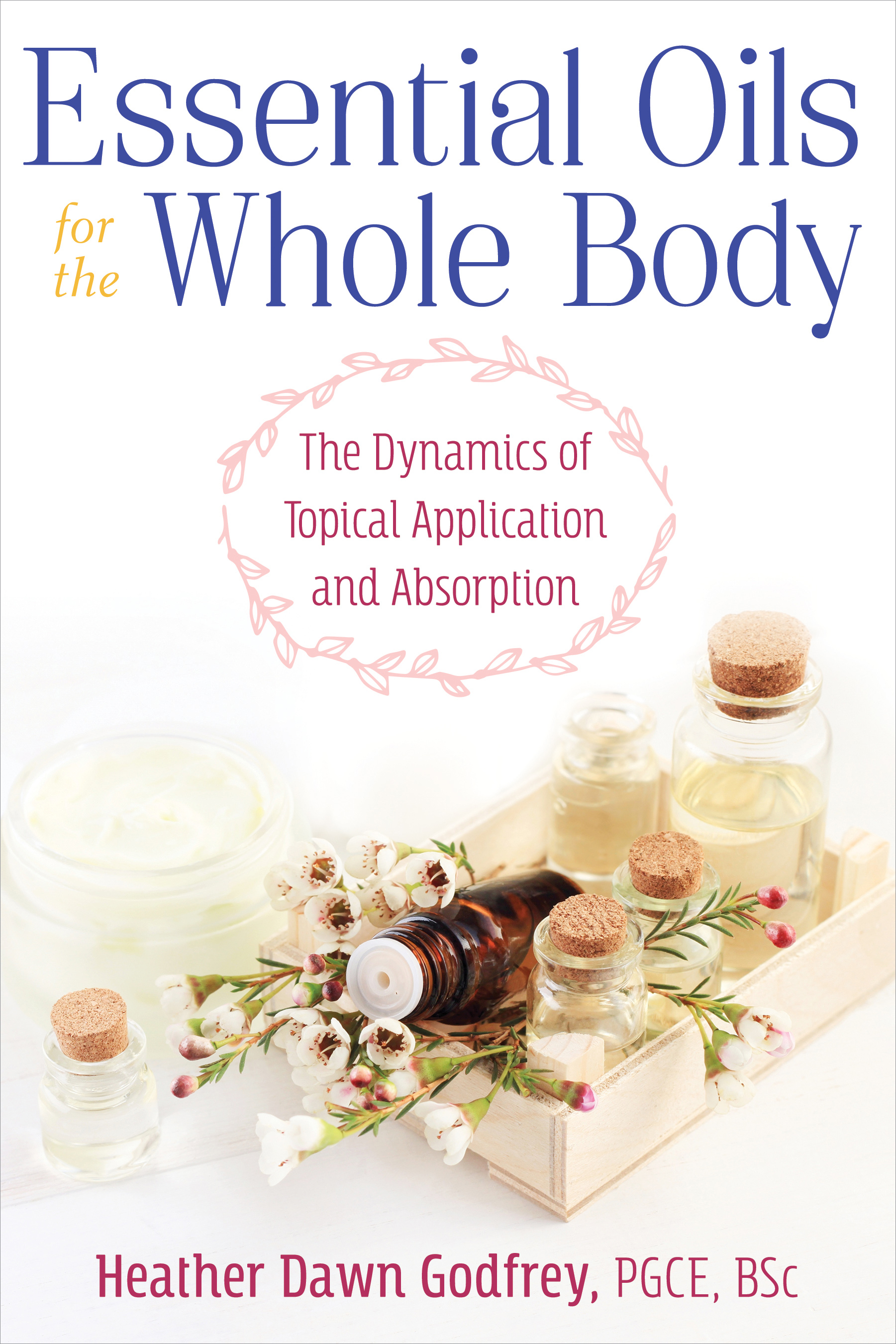 |
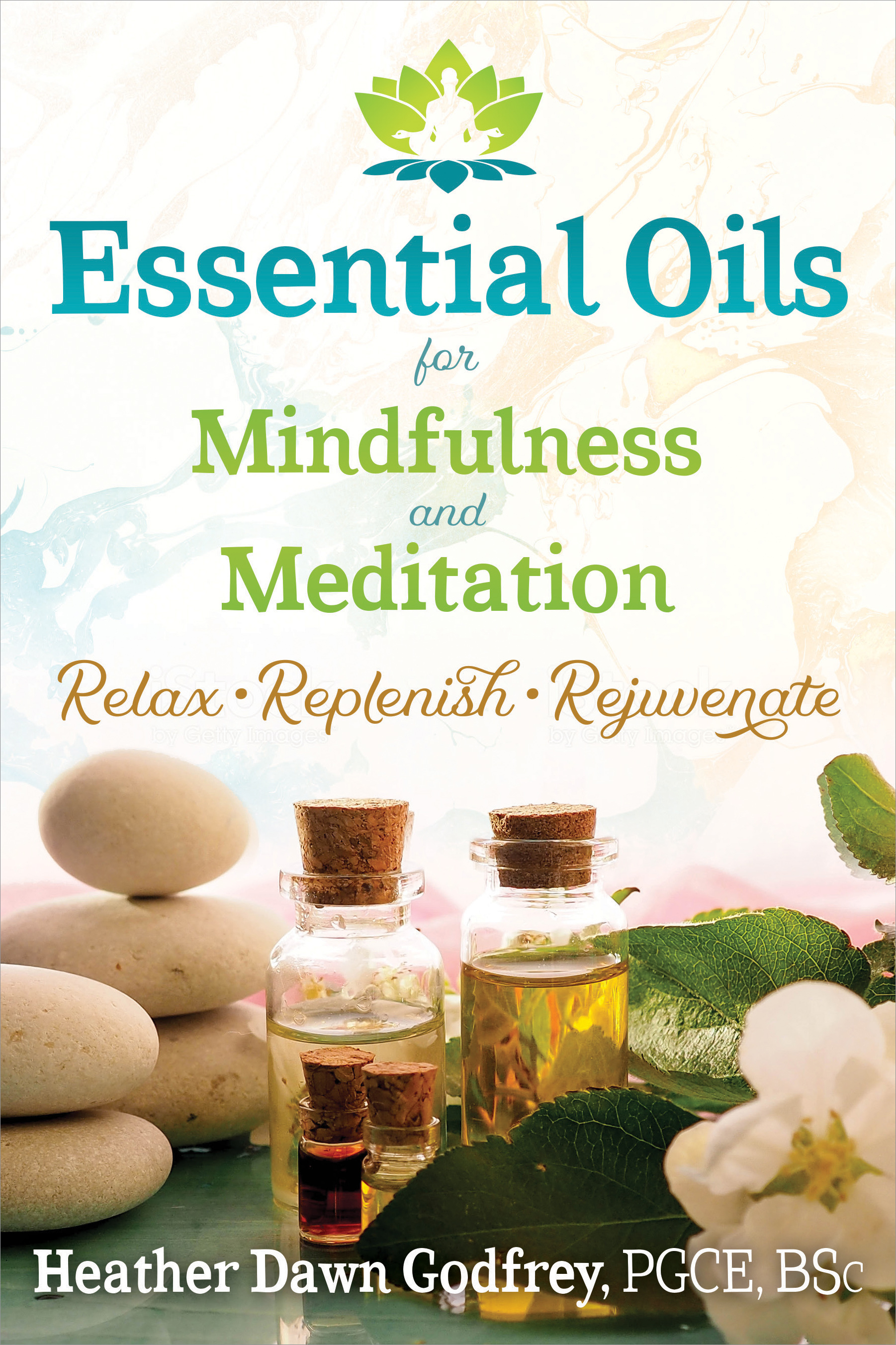 |
 |
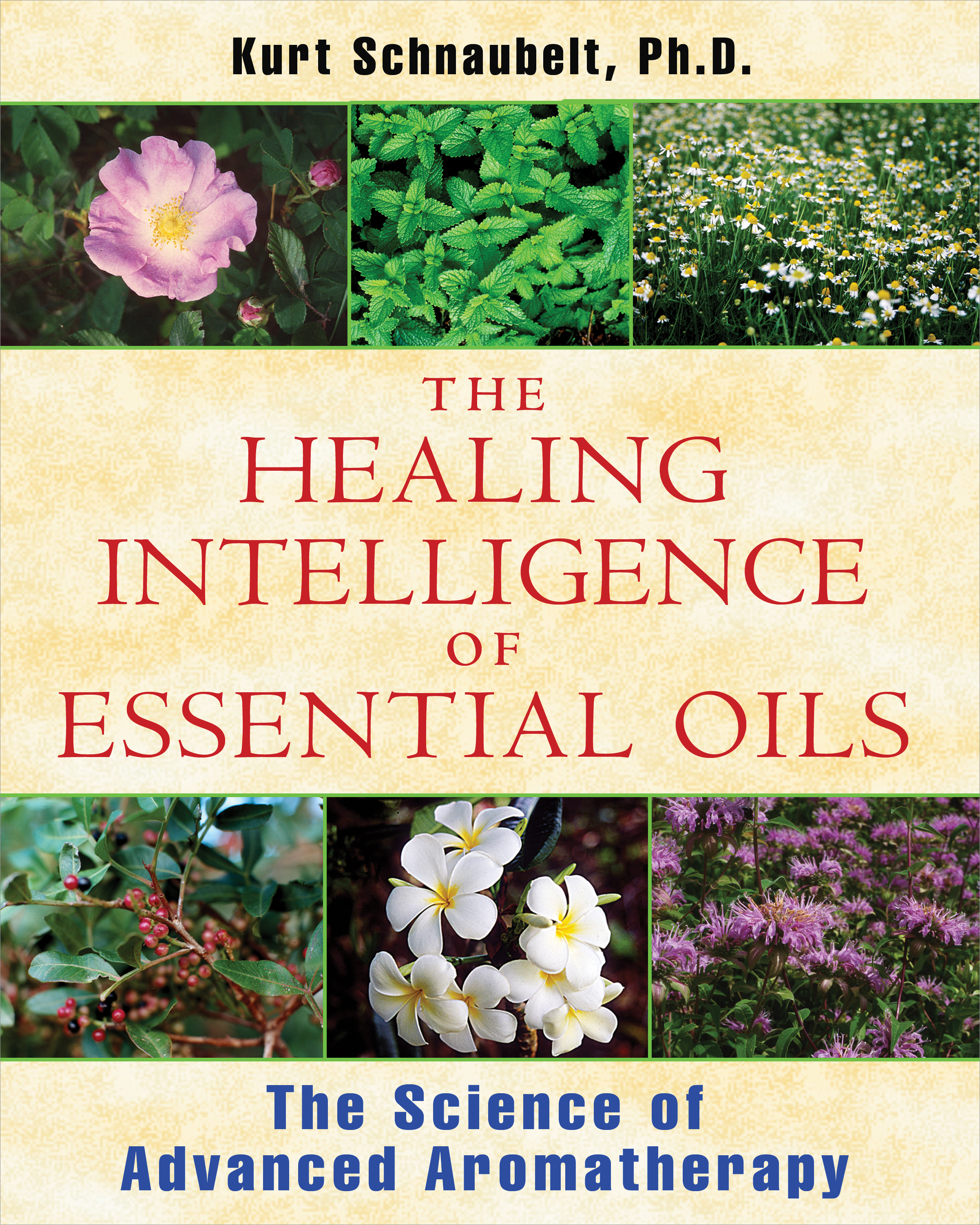 |
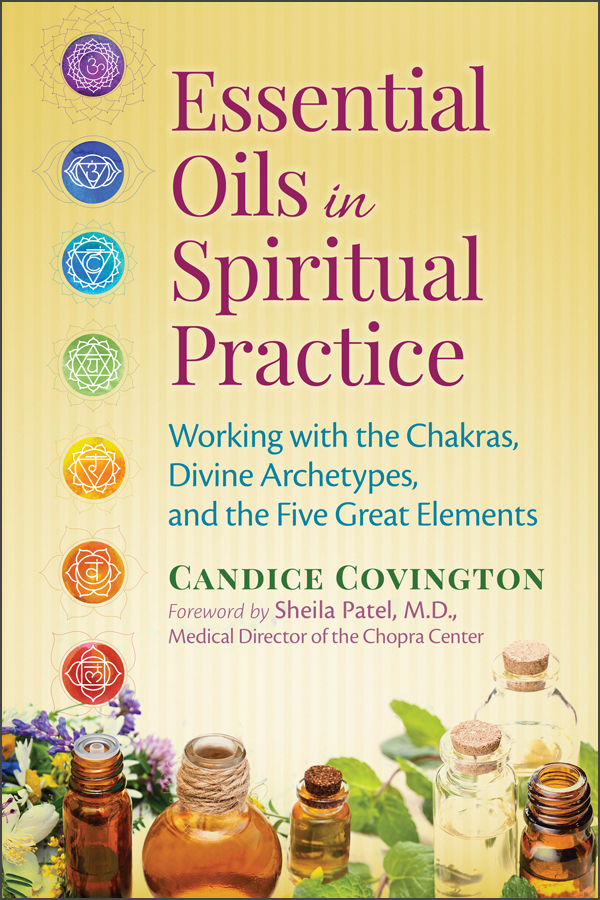 |
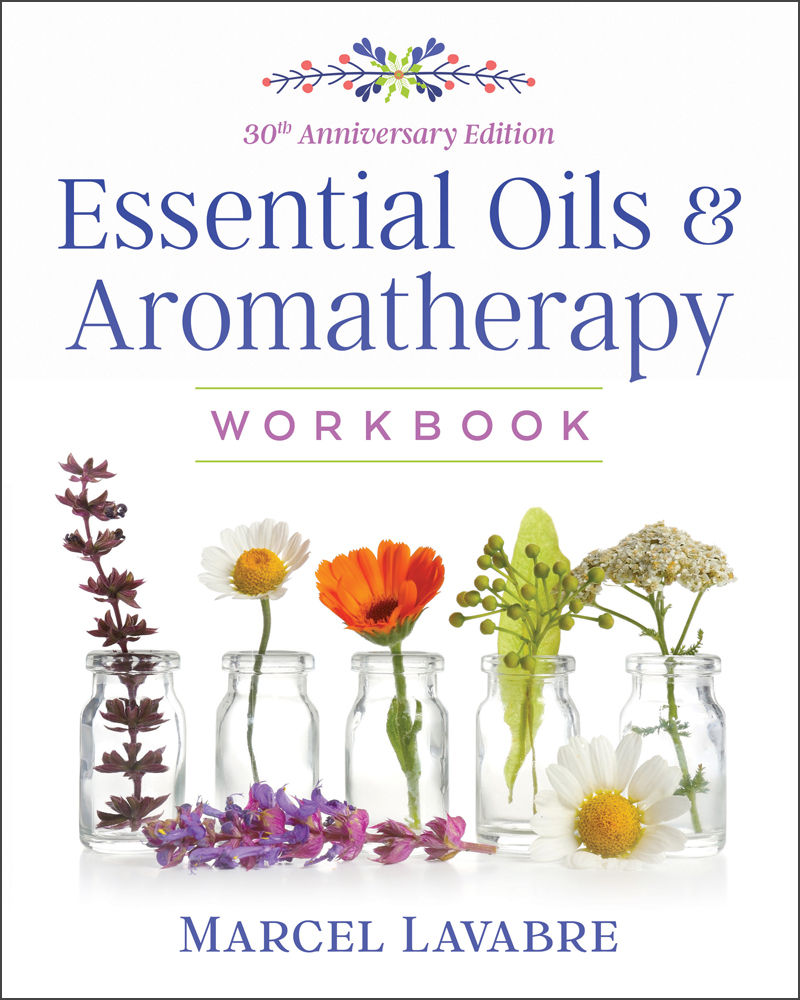 |



